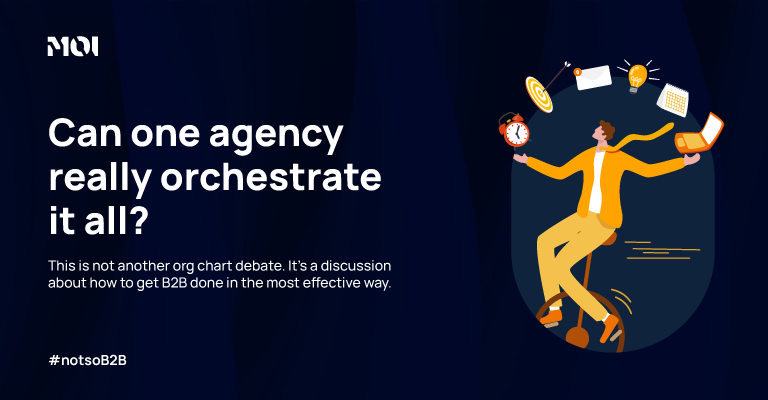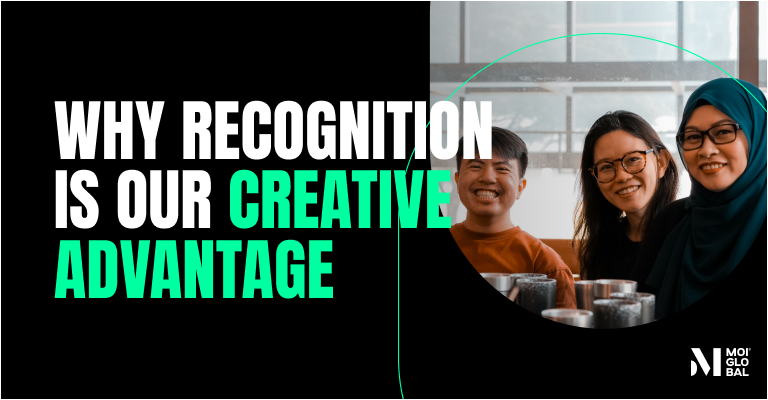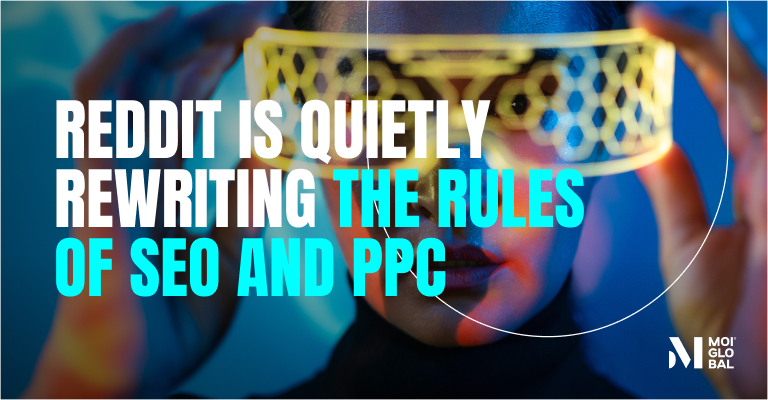
Integration isn’t new, but we’re still getting it wrong.
Recently, we hosted a roundtable with senior leaders from across the B2B tech landscape – Utkarsh Srivastava from LTTS, Chris Turner-Green of TechnologyAdvice, Ashley Cohen of Tenx4, and Chris Bailey, formerly of ServiceNow – to explore a topic that’s become both overused and under-examined: integration.
We began with a simple provocation: Can one agency really orchestrate it all? But as the conversation unfolded, it became clear that the real issue isn’t about agencies at all. It’s about organisational commitment to coordination. Or more accurately, the persistent lack of it.
The word ‘integrated’ has become utterly meaningless in B2B marketing. We throw it around so carelessly – integrated agencies, integrated campaigns, integrated sales and marketing – that it’s lost any specific definition. When a term can be applied to absolutely everything, it effectively means nothing at all.
What’s particularly telling is that a lot of B2B organisations that think of themselves as being ‘integrated’ are actually nothing of the sort. At best they’re simply coordinating separate functions under a shared campaign name whilst maintaining entirely different metrics, budgets, and objectives. It’s integration theatre – all the language with none of the substance.
The uncomfortable truth is this: you can’t deliver genuinely integrated marketing externally when your internal operations are fundamentally disconnected. Integration isn’t something you can outsource to an agency or solve with better project management software. It requires actual organisational change, and most companies simply aren’t prepared for that conversation.
Why integration is no longer optional
This isn’t about structure. It’s about survival.
Today’s B2B marketers aren’t just driving brand awareness or generating leads anymore. They’re being asked to create momentum across disconnected systems, misaligned KPIs, and siloed teams – often with reduced budgets and increased scrutiny. Integration has moved from luxury to necessity.
What’s driving this urgency? Budgets are tighter whilst expectations have never been higher. Marketing teams are being asked to do more with less and prove impact faster than ever. Internal restructures have been happening with increasing regularity in reaction to shifting market dynamics, leaving alignment hanging by a thread. And the age-old ‘classic’ sales-marketing disconnect we’ve all talked about for decades? Well, that’s still unresolved, and still costing us in terms of the way it impacts precision and marketing performance.

- As Utkarsh Srivastava put it: “Integration has to cascade from the top – but it must live in the layers below, where real execution happens.”
And, if you layer the impact of large-scale leadership changes onto this, you can start to see why integration doesn’t just stall – it collapses entirely. Because without continuity and shared commitment from senior leadership, genuine coordination never stands a chance.
What we’re getting wrong about integration
The biggest misconception in B2B today? That paying lip service to the idea of ‘joining the dots in B2B marketing’ equates to integration.
No doubt we’ve all seen countless slide decks and ‘how to’ articles that outline or detail what an “integrated campaign” is. But scratch the surface and what we often see are teams working in parallel rather than partnership, assets loosely connected to an overarching idea but never to each other, and separate tactics packaged under a common headline.
It’s not that people aren’t trying. The conceptual understanding is there. What’s missing is the operational commitment to move from shared deadlines to a shared direction.

- Chris Bailey captured this perfectly: “Most organisations are coordinated at best. Not truly integrated.”
This problem manifests long before execution – it’s embedded in the brief itself. When internal alignment is lacking, strategy falls apart before agencies have even had the chance to read and digest it. Much of the tension we see around agency models – specialist versus generalist versus integrated – doesn’t actually stem from the agencies themselves. It comes from misalignment within client organisations.

- As Chris Turner-Green observed: “Buyers don’t see your internal silos – they only see one brand. It’s on us to make that brand feel seamless.”
The language of integration is everywhere. The behaviour? Still catching up.
Where integration actually breaks down
Here’s something that became increasingly clear during our discussion: integration doesn’t fail because of strategy. It unravels during execution, at the precise moments where different teams, systems, or objectives intersect.
Rather than focusing solely on buyer journey mapping, we should be mapping the internal operational ‘moments’ where integration is most likely to fall apart:
- When brand and demand teams run overlapping but uncoordinated initiatives
- When global campaigns don’t translate into anything usable for local markets
- When sales and marketing still can’t agree on what constitutes a qualified lead
- When campaigns launch but the sales team hasn’t seen the materials
These aren’t merely executional gaps – they’re structural vulnerabilities in how we build and scale marketing efforts. Integration fails at handoffs. If you want to fix it, start there.

- As Utkarsh noted: “Technology can coordinate, but integration only happens when people operate with shared goals and mutual trust.”
Can agencies fix it? No. But they can orchestrate it.
Too often, clients expect agencies to be the organisational glue holding everything together. But no agency, however capable, can fix what’s structurally misaligned internally.

- Ashley Cohen put it succinctly: “Expecting to hire an agency to break down internal silos is setting everyone up for failure. That change has to come from within the client – but it can absolutely be supported by the right agency partner.”
Agencies aren’t there to patch over disconnection. But the right agency, in the right role, can help orchestrate. It can bridge across silos, bring strategic alignment into focus, and act as a genuine extension of your internal team.
But only if it’s set up to succeed. That means shared clarity, mutual trust, and involvement in strategic discussions from the outset – not just brief-by-brief transactional relationships.

- As Chris Bailey noted: “Agencies should fit into the value chain, not just plug holes. Random tactical work creates noise – strategy aligns the whole system.”
What genuine integration looks like
Integration isn’t a binary state – you’re not either integrated or not. It’s a maturity progression:
Coordination = Shared timelines and communication
Unification = Shared decision-making and operational rhythm
Integration = Shared ownership and collective outcomes
The most compelling example we’ve seen was our work with LTTS, where we (us as lead agency, the client and other partner agencies) mutually signed-up to a “three-in-a-box-plus-one” working model. This worked not because of the structure alone, but because of the mindset: trust, immersion, clearly defined roles, and shared outcomes.

- Utkarsh’s suggestion was particularly provocative: “What if we flipped the model? Reward based on 80% collective outcomes, 20% individual success. That’s real integration.”
This thinking helps teams and agency partners understand not just where they are, but what’s required to progress. It creates conditions for better work and more meaningful impact.
The sales integration imperative
Here’s something we can’t ignore: you can’t claim to be integrated if your sales team isn’t even aware of what marketing is doing.
In B2B, Sales represents the frontline of customer experience. If your marketing isn’t connected to how Sales actually sells, then whatever you’re building probably isn’t landing where it matters most.
Genuine integrated marketing means marketing that supports the sales cycle, speaks to real objections and proof points at every stage, and works with sales rather than merely adjacent to it. Alignment isn’t a handover – it’s shared delivery.
What we believe
It’s an agency’s job to be integral in creating change. But it doesn’t have to try to be everything, it just has to try to make everything work better.
It should be a partner that helps ambitious marketing teams align strategy across silos, build campaigns that map to business outcomes, and orchestrate execution across global and local realities. And rather than chasing a ‘land grab’ or trying to own everything – it should focus on unifying what matters most.
Integration is a leadership decision
What we heard overwhelmingly is that you can’t process your way to integration – you have to lead your way there.

- As Ashley Cohen noted: “The contract should support the client’s vision for growth – with clearly defined scope to get there.”
Here’s the uncomfortable truth that came to light during our roundtable:
The problem isn’t whether one agency can do it all. The problem is that most organisations aren’t willing to work in a way that lets any agency truly integrate.
Integration isn’t a model you can buy – it’s a mindset you have to earn. And it starts with leadership having the courage to change how they actually operate, not just how they talk about operating.


